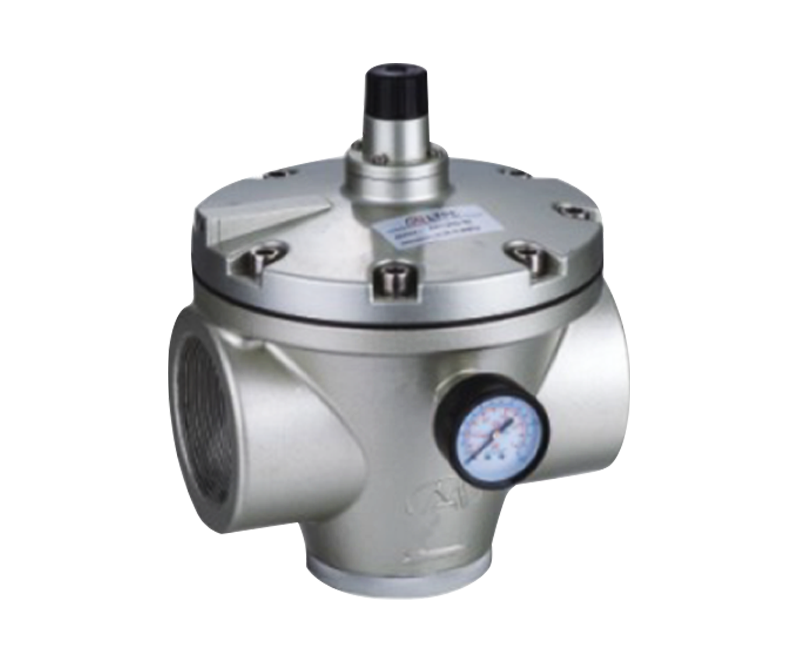(1) Pressure regulating range: it refers to the adjustable range of the output pressure P2 of the pressure reducing valve, within which the specified accuracy is required. The pressure regulating range is mainly related to the stiffness of the pressure regulating spring.
(2) Pressure characteristics: it refers to the characteristics of output pressure fluctuations caused by input pressure fluctuations when the flow g is a fixed value. The smaller the output pressure fluctuation, the better the performance of the pressure reducing valve. The output pressure must be lower than the input pressure - a fixed value that basically does not change with the input pressure.
(3) Flow characteristics: it refers to the persistence of the input pressure-timing, the output pressure changes with the change of the output flow g. When the flow rate g changes, the smaller the change in output pressure, the better. Generally, the lower the output pressure, the less it fluctuates with the output flow.
It reduces the higher liquid pressure in the line before the valve to the level required in the line after the valve. The transmission medium here is mainly water. Pressure reducing valves are widely used in high-rise buildings, areas where the water pressure of the urban water supply network is too high, mines and other occasions to ensure that each water point in the water supply system obtains proper service water pressure and flow. Since the leakage rate and waste of water are almost proportional to the water pressure of the water supply system, the pressure reducing valve can improve the operating conditions of the system and potentially save water. According to statistics, the water saving effect is about 30%.

 English
English 中文简体
中文简体





















